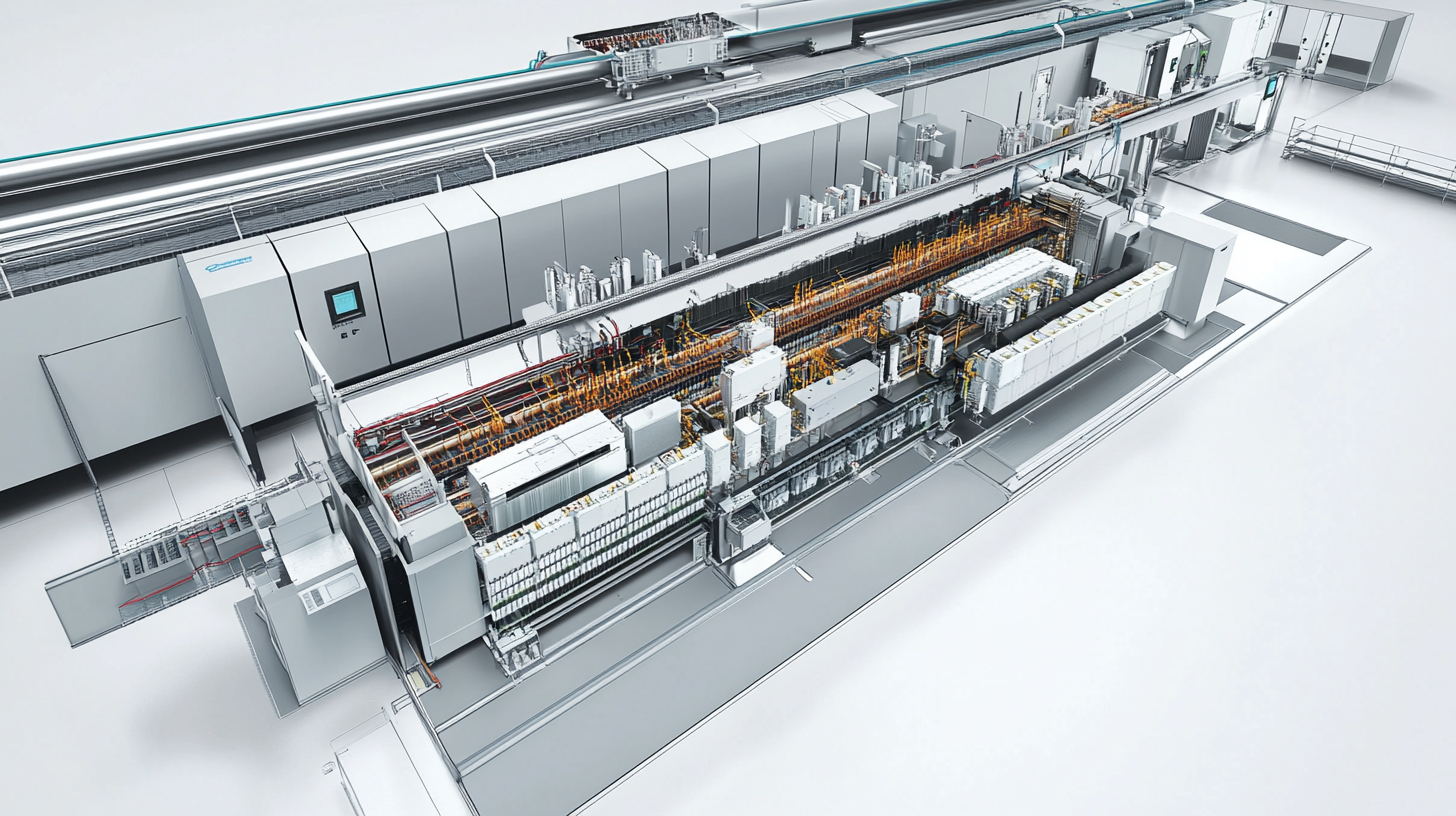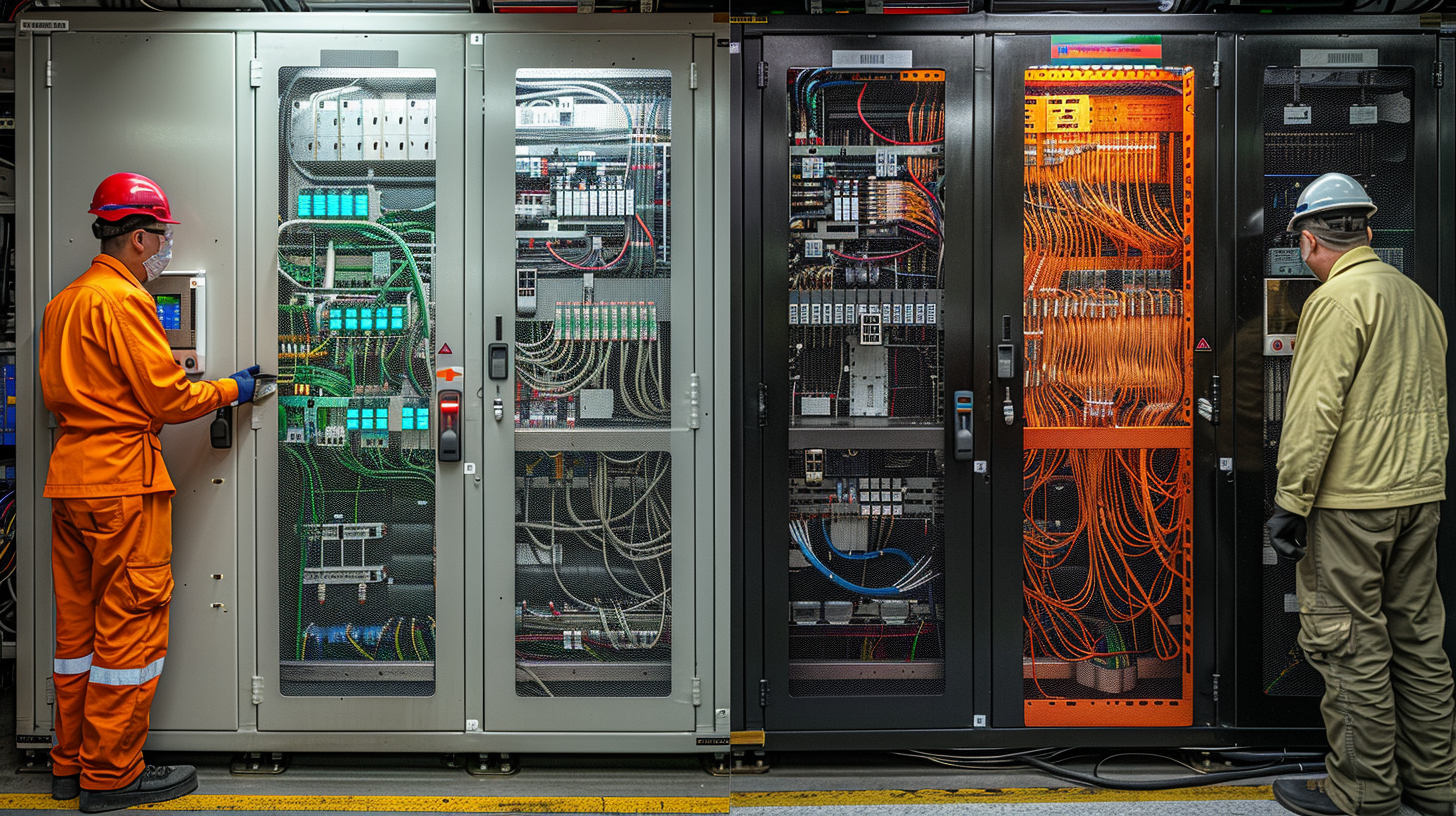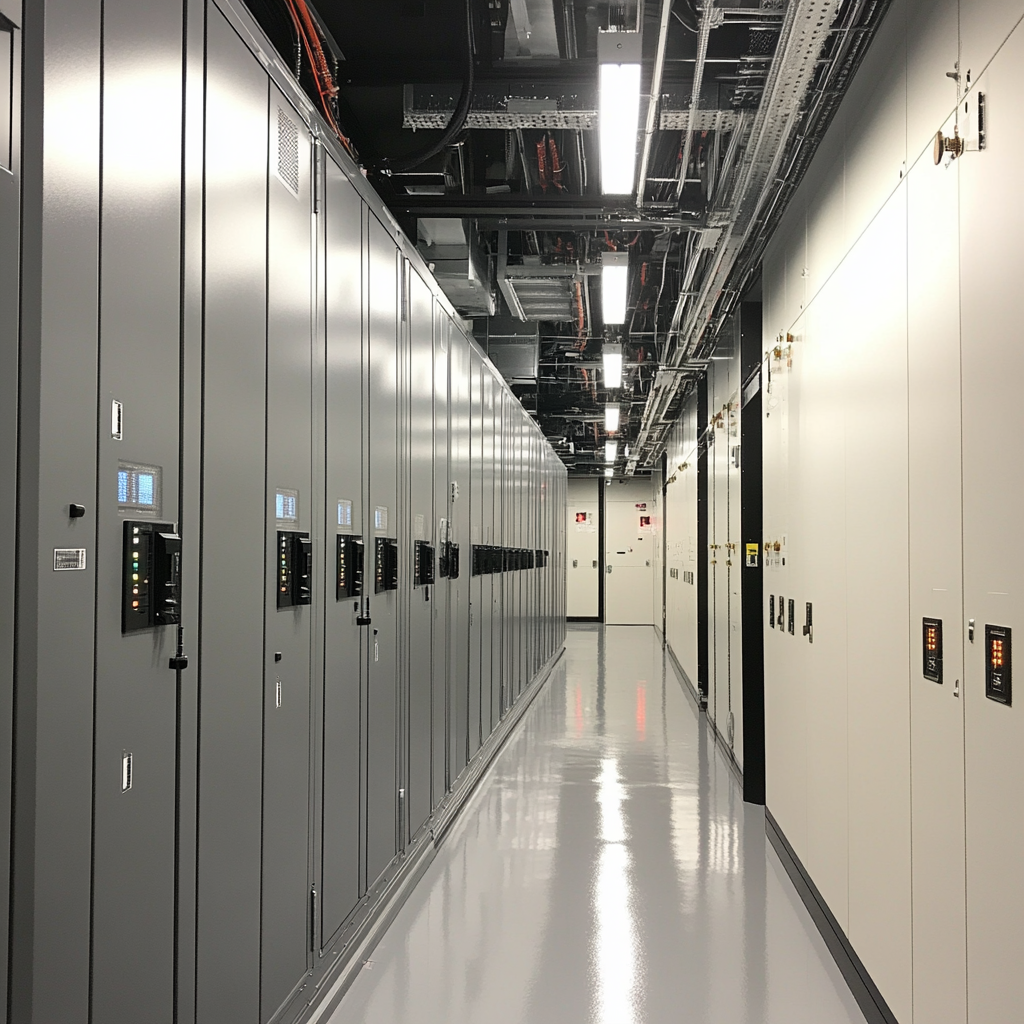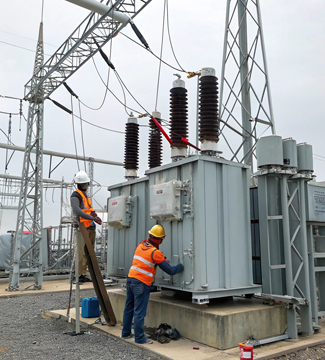Struggling with slow, complex electrical panel builds? Worried about component quality and inconsistent connections? We offer a pre-assembled solution for faster, safer, and more reliable installations.
A pan assembly is a pre-built base plate within an electrical panel. It securely mounts circuit breakers (like MCBs or MCCBs) and includes integrated busbars for efficient power distribution. This simplifies wiring, speeds up installation, and ensures consistent, reliable connections in your projects.
Understanding the basics is good, but let's look closer. Knowing the details helps you choose the right components for your demanding projects, ensuring both safety and efficiency. We'll break down what makes these assemblies so vital for people like Mr. Abdu, managing large EPC projects.
What is a pan and what is it used for?
Confused about the core component inside your switchgear? Need a solid foundation for your breakers that guarantees safety and order? This "pan" provides the essential structure for reliable power distribution.
A "pan" in this context refers to the mounting plate or chassis within an electrical enclosure. Its primary use is to provide a fixed, organized structure for mounting circuit protection devices like MCBs or MCCBs and their associated busbars, ensuring secure connections and simplifying assembly.
!
Let's dive into the details of the pan itself. Think of it as the backbone of your distribution board or switchgear panel. It might seem simple, but its design and quality are critical for the overall system's performance and safety.
The Role of the Mounting Pan
The pan isn't just a piece of metal or plastic. It serves several critical functions that are especially important in large-scale industrial or new energy projects where reliability is non-negotiable:
- Secure Mounting1: It provides precisely located fixing points to attach circuit breakers, fuse holders, or other components. This prevents movement caused by vibration or operational forces, ensuring connections remain tight. This is vital for safety and preventing faults like overheating or arcing. Loose components are a major risk we help eliminate.
- Organization and Layout: It dictates the arrangement of components within the panel. A well-designed pan keeps everything neat and orderly. This makes initial wiring much easier and faster. It also simplifies troubleshooting and maintenance later on. A logically laid-out panel is inherently safer and more efficient to work with.
- Electrical Clearance and Creepage2: The design often incorporates features that help maintain required distances between conductive parts, ensuring electrical safety standards (like IEC standards) are met.
- Structural Support: It adds rigidity to the overall enclosure assembly.
Materials and Construction Matter
We manufacture pans using robust materials chosen for electrical insulation, mechanical strength, and durability: Material Type Key Benefits Fuspan's Focus Galvanized Steel Strong, rigid, durable, cost-effective Precision stamping, consistent dimensions Ensures robust, long-lasting installs Insulated Polymers High dielectric strength, corrosion-resistant High-quality injection molding, material purity Meets safety standards (IEC), durable Composite Materials Combination of strength and insulation Specific material selection for application Versatility for different environments At Fuspan, we pay close attention to the pan's construction. We use precision manufacturing like CNC punching and high-tonnage injection molding. This ensures every mounting point is accurate, every time. Our materials meet strict quality standards under our ISO 90013 system. This means procurement managers like Mr. Abdu get a reliable, consistent foundation for their critical projects, delivery after delivery. This consistency is key for large project rollouts where uniformity is essential.
What is a pan network in simple terms?
Does connecting multiple breakers seem like a wiring nightmare? Worried about connection integrity and the time it takes in complex setups? A pan assembly's integrated "network" simplifies power distribution, making it faster, safer, and more efficient.
A "pan network," in the context of pan assemblies, usually refers to the integrated system of busbars built onto the pan. This network distributes power from the incoming supply directly to the individual circuit breakers mounted on the pan, replacing much of the traditional wiring.

Okay, the term 'pan network' might sound a bit like computer networking, but in electrical panels, it's much more straightforward. It essentially describes the power distribution highway that's built directly onto the pan assembly itself. This is a core feature that brings major benefits, especially for large projects with tight deadlines.Understanding the Integrated Busbar System4
Instead of manually wiring each circuit breaker individually from separate distribution blocks or terminals, a pan assembly often incorporates pre-installed busbars5. These are solid conductive bars, typically made of high-purity copper or sometimes aluminum, designed to carry significant electrical current efficiently.
- Incoming Power Connection: The main electrical supply connects to a specific point on the busbar system.
- Power Distribution: The busbars are strategically routed across the pan, providing standardized connection points directly beneath where the circuit breakers (MCBs or MCCBs) will be mounted.
- Component Connection: Circuit breakers are then simply clipped or bolted onto the pan, making direct electrical contact with the busbar system underneath. This eliminates the need for numerous individual wires and crimp lugs for the main power feed to each breaker.
Why is this Integrated "Network" Superior?
This integrated approach using busbars offers significant advantages over traditional point-to-point wiring, directly addressing common pain points for EPC contractors: Feature Traditional Wiring Method Pan Assembly Busbar Network Connection Points Many wires, lugs, terminals Fewer, robust, factory-made connections Reduced Labor Cost & Time: Faster assembly. Assembly Speed Slower, manual, meticulous Significantly faster, plug-and-play style Meets Tight Schedules: Critical for projects. Consistency/Quality Operator skill dependent Highly consistent, machine precision High Reliability: Uniform performance across units. Error Potential Higher risk of wiring mistakes Minimal risk, standardized design Improved Safety: Fewer potential failure points. Space Usage Can be bulky with wiring looms More compact and organized Allows for denser component layout if needed. At Fuspan, our busbar systems are meticulously engineered and manufactured. We use high-conductivity, certified materials and ensure adequate insulation and clearances to meet strict IEC standards. Critically, every single pan assembly we produce undergoes 100% factory testing6 for electrical continuity and insulation resistance before it ships. This guarantees the integrity and safety you need, providing peace of mind for large-scale deployments where failure is not an option. This commitment to testing directly supports the need for reliable, documented components.
What is an MCB panel?
Need to protect multiple electrical circuits efficiently in commercial buildings or industrial settings? Overwhelmed by sourcing and assembling all the individual enclosure components? An MCB panel provides a centralized, safe housing for your circuit protection.
An MCB panel, often called a distribution board (DB) or consumer unit, is an electrical enclosure housing multiple Miniature Circuit Breakers (MCBs). It safely distributes electricity from the main supply to various subsidiary circuits while providing essential protection against overloads and short circuits for each one.

Let's zoom out slightly and talk about the MCB panel, or distribution board. This is the common application where our high-quality pan assemblies play a crucial role. Understanding the MCB panel helps see how our components fit into the bigger picture of electrical distribution and safety.The Purpose and Function of an MCB Panel
An MCB panel7 acts as the central nervous system for electrical circuits within a specific area – be it a floor in a building, a section of a factory, or equipment for a new energy installation (like solar or EV charging). Its fundamental jobs are:
- Power Distribution: It takes a larger incoming electrical feed and safely divides it among multiple smaller outgoing circuits (e.g., lighting circuits, power socket circuits, machine feeds).
- Circuit Protection: This is its primary safety function. It houses MCBs (Miniature Circuit Breakers8) specifically rated for each outgoing circuit. These breakers automatically interrupt the power flow if a circuit draws excessive current (an overload) or if a sudden high current occurs (a short circuit). This prevents wiring damage, equipment failure, and potential fires.
- Isolation: Most MCB panels include a main switch or isolator. This allows maintenance personnel to safely disconnect power to the entire panel before working on the circuits it controls.
Key Components Found Inside an MCB Panel
While designs vary, a typical MCB panel assembly includes several essential parts:
- Enclosure: The outer casing (metal or plastic) that protects the internal components from the environment and prevents accidental contact with live parts.
- Main Isolator Switch: Controls the power supply to the entire board.
- MCBs: Individual circuit breakers tailored to the load requirements of each specific outgoing circuit.
- Busbar Assembly (Often a Fuspan Pan Assembly9): This is the heart of the distribution within the panel. Our pan assemblies provide the mounting structure for the MCBs and the integrated busbar network that feeds power to them efficiently and reliably. This is where our focus on quality, precision, and testing makes a direct impact.
- Neutral Bars: Terminal blocks for connecting the neutral wires of the outgoing circuits.
- Earth Bars: Terminal blocks for connecting the protective earth (ground) wires.
Our Fuspan pan assemblies are specifically engineered for seamless integration into MCB panels and larger electrical switchgear. By using our pre-assembled, 100% tested pan assemblies built to stringent IEC standards, manufacturers and panel builders can dramatically simplify the construction of these crucial MCB panels. This accelerates project timelines, reduces on-site labor variation, and delivers the consistent, reliable performance demanded by industrial and new energy projects managed by professionals like Mr. Abdu. Furthermore, we provide the complete technical documentation package (PDF datasheets, 3D drawings, test reports) needed to satisfy project specifications and quality control requirements.Conclusion
Pan assemblies provide a pre-built, tested base for circuit breakers in electrical panels. They significantly speed up installation, enhance safety, and ensure reliable, consistent quality crucial for demanding projects.
-
Understanding secure mounting can enhance safety and reliability in electrical installations, crucial for industrial projects. ↩
-
Exploring this topic can help ensure compliance with safety standards, reducing risks in electrical systems. ↩
-
Learning about ISO 9001 can provide insights into quality management practices that ensure product reliability and consistency. ↩
-
Explore this resource to understand how integrated busbar systems enhance efficiency and safety in electrical installations. ↩
-
Learn about the role of busbars in electrical systems and their benefits over traditional wiring methods. ↩
-
Discover the significance of factory testing in ensuring the reliability and safety of electrical systems. ↩
-
An MCB panel is vital for electrical safety and distribution. Learn more about its functions and components to ensure optimal performance. ↩
-
Understanding Miniature Circuit Breakers is crucial for ensuring safety and efficiency in electrical systems. Explore this link to learn more. ↩
-
Discover how Fuspan Pan Assemblies enhance the performance and reliability of MCB panels, making them essential for modern electrical systems. ↩





